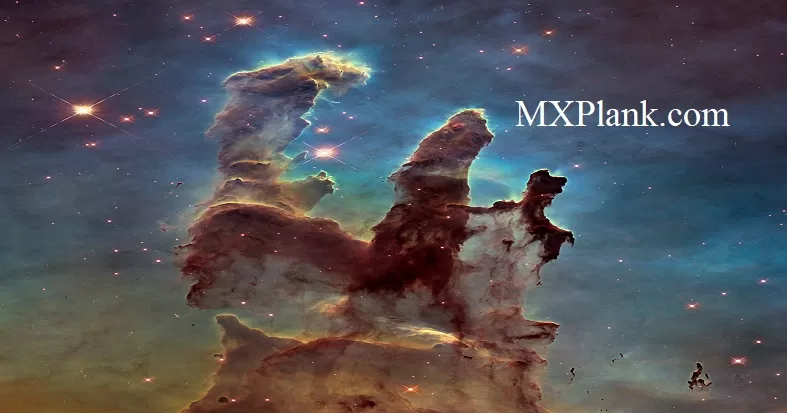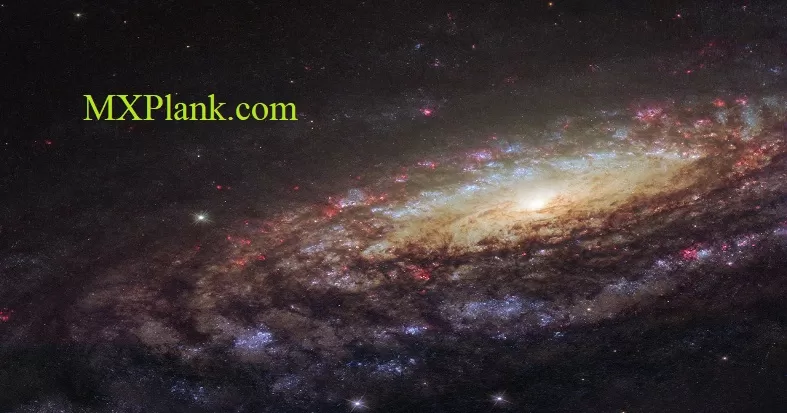ASTROPHYSICS - EPSILON ERIDANI THE NEAREST SOLAR SYSTEM
SCIENCE-CAST ON THE EPSILON ERIDANI - THE NEAREST SOLAR SYSTEM :
In the same way that Jupiter lies just outside our asteroid belt, shepherding its rocky debris into a ring, Epsilon Eridani is thought to have planets orbiting near the rims of its two belts. The first of these planets was identified in 2000 via the radial velocity technique. Called Epsilon Eridani b, it orbits at an average distance of 3.4 astronomical units-placing it just outside the system's inner asteroid belt.
The second planet orbiting near the rim of the outer asteroid belt at 20 astronomical units was inferred when Spitzer discovered the belt.
A third planet might orbit in Epsilon Eridani at the inner edge of its outermost comet ring, which lies between 35 and 90 astronomical units. This planet was first hinted at in 1998 due to observed lumpiness in the comet ring.
The outer comet ring around Epsilon Eridani is denser than our comet ring, called the Kuiper belt, because the system is younger. Over time, Epsilon Eridani's ring will become wispier like the Kuiper Belt. Its comets will collide with each other and break up, or get pushed out of the ring by the gravitational influences of planets.
This is the image of a Jupiter-mass planet orbiting the nearby star Epsilon Eridani. Located 10.5 light-years away, it is the closest known extrasolar planet to our solar system. The planet is in an elliptical orbit that carries it as close to the star as Earth is from the Sun, and as far from the star as Jupiter is from the Sun.Epsilon Eridani is a young star, only 800 million years old. It is still surrounded by a disk of dust that extends 30 billion kilometres from the star. The disk appears as a linear sheet of reflecting dust in this view because it is seen edge-on from the planets orbit, which is in the same plane as the dust disk
The planets rings and satellites are purely hypothetical in this view, but plausible. As a gas giant, the planet is uninhabitable for life as we know it. However, any moons might have conditions suitable for life.Astronomers determined the planets mass and orbital tilt in 2006 by using Hubble to measure the unseen planets gravitational pull on the star as it slowly moved across the sky. Evidence for the planet first appeared in 2000 when astronomers measured a telltale wobble in the star.
The inner belt orbits at a distance of about 3 astronomical units from its star -- or about the same position as the asteroid belt in our own solar system (an astronomical unit is the distance between Earth and our sun). The second asteroid belt lies at about 20 astronomical units from the star, or a position comparable to Uranus in our solar system. The outer comet ring orbits from 35 to 90 astronomical units from the star; our solar system's analogous Kuiper Belt extends from about 30 to 50 astronomical units from the sun.
Because the star is so close and similar to the sun, it is a popular locale in science fiction. it has been featured in novels by Issac Asimov and Frank Herbert, among others. In the popular TV series "Babylon 5" it is the location of the featured space station; as a nod to the show, hidden within the background nebula in this artist concept is a small silhouette that may be familiar to fans of the series. Can you find it?
This video shows the image of the Epsilon Eridani system showing Epsilon Eridani b, right foreground, a Jupiter-mass planet orbiting its parent star at the outside edge of an asteroid belt. In the background can be seen another narrow asteroid or comet belt plus an outermost belt similar in size to our solar system's Kuiper Belt. The similarity of the structure of the Epsilon Eridani system to our solar system is remarkable, although Epsilon Eridani is much younger than our sun. SOFIA observations confirmed the existence of the asteroid belt adjacent to the orbit of the Jovian planet. Credit: NASA/SOFIA/Lynette Cook
Observations from NASA's Spitzer Space Telescope show that the system hosts two asteroid belts, in addition to previously identified candidate planets and an outer comet ring.Epsilon Eridani is located about 10 light-years away in the constellation Eridanus. It is visible in the night skies with the naked eye.The system's inner asteroid belt appears as the yellowish ring around the star, while the outer asteroid belt is in the foreground. The outermost comet ring is too far out to be seen in this view, but comets originating from it are shown in the upper right corner.
Credit:
NASA & ESA/Hubble






